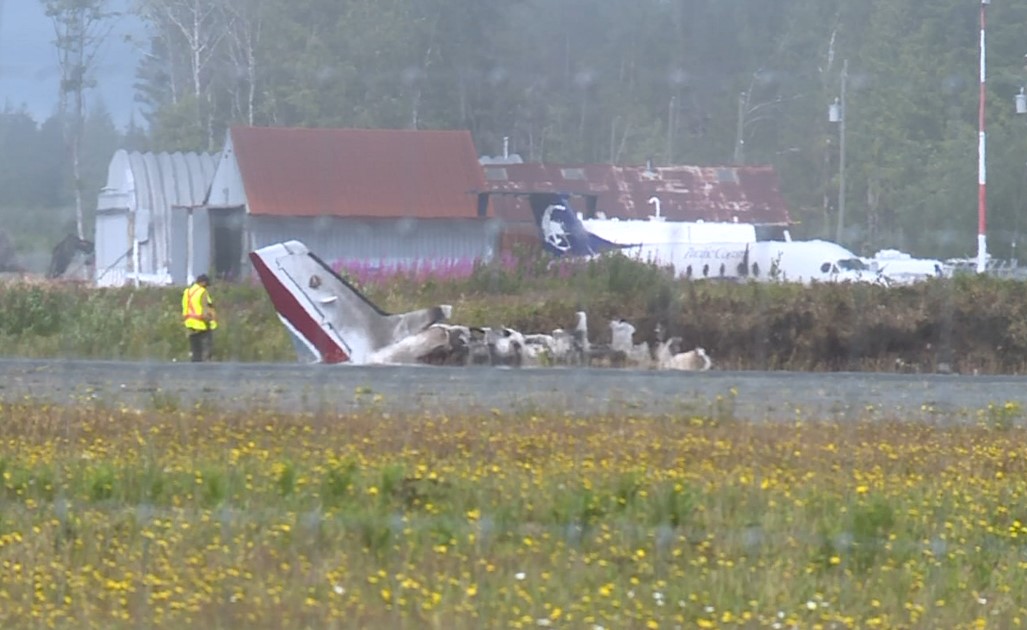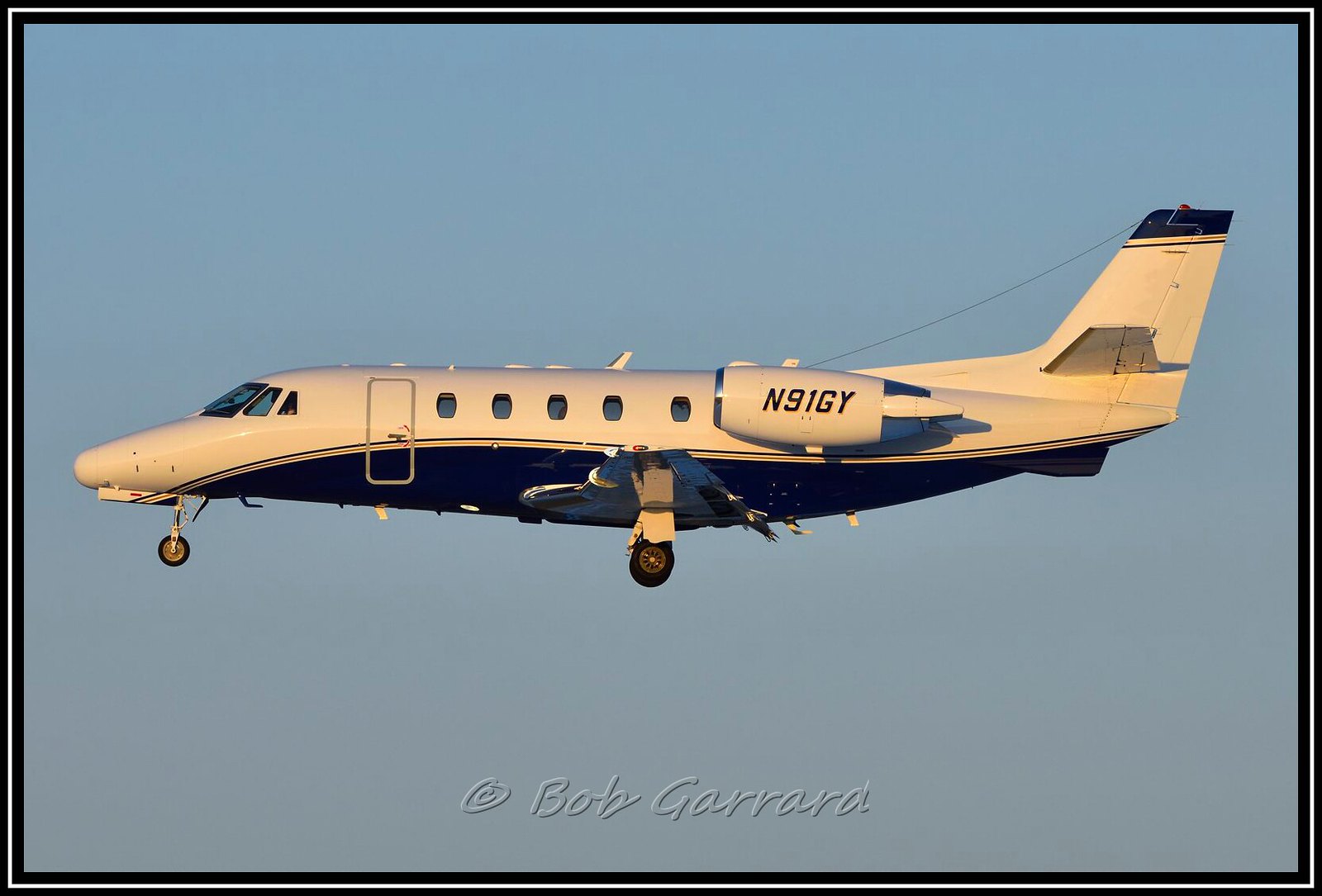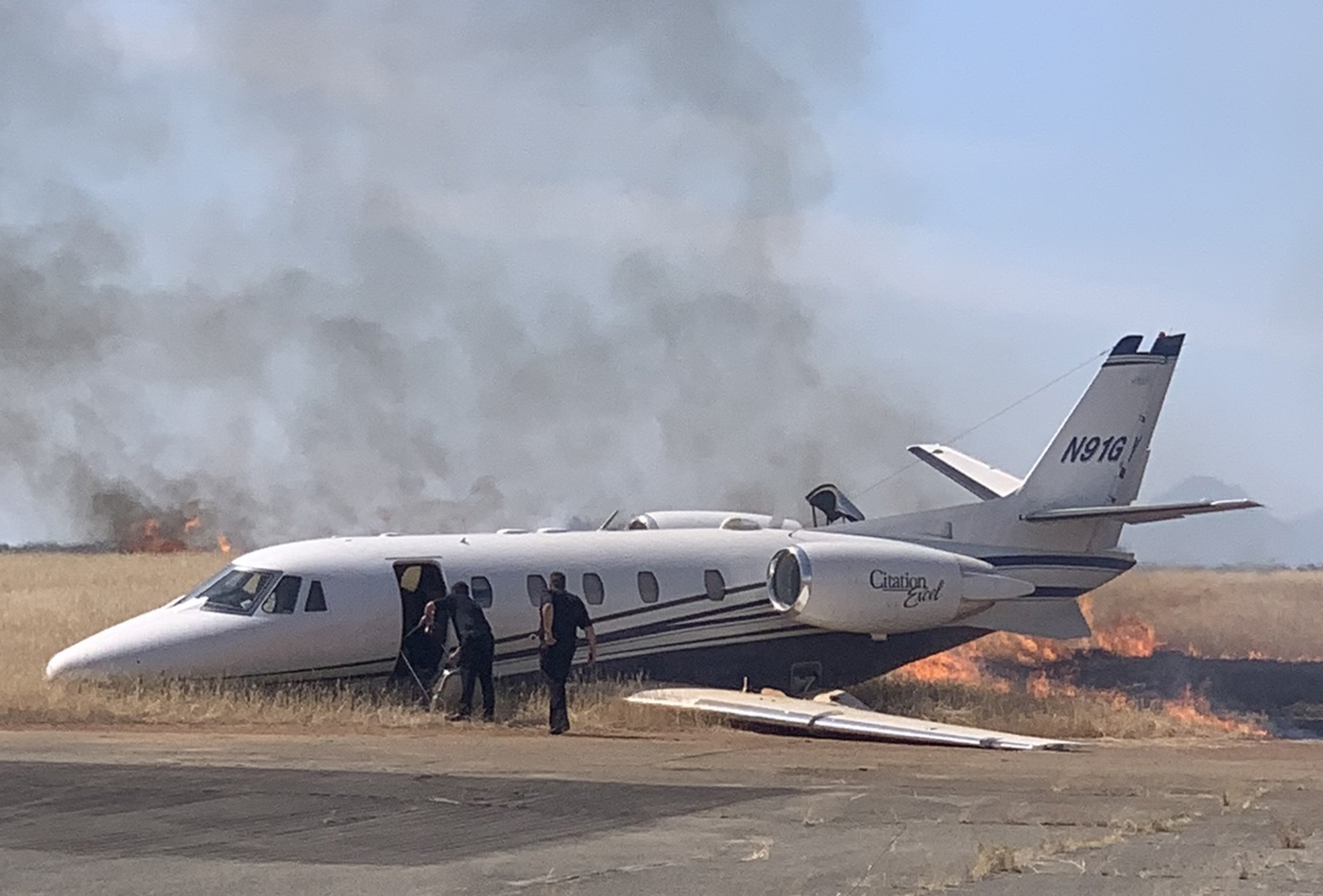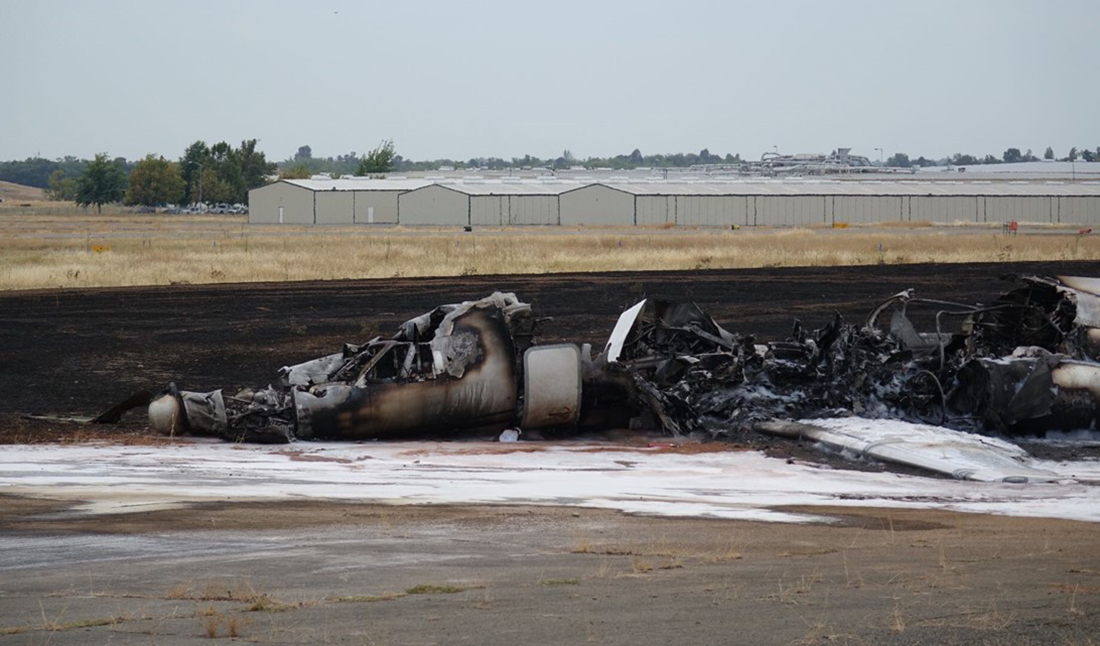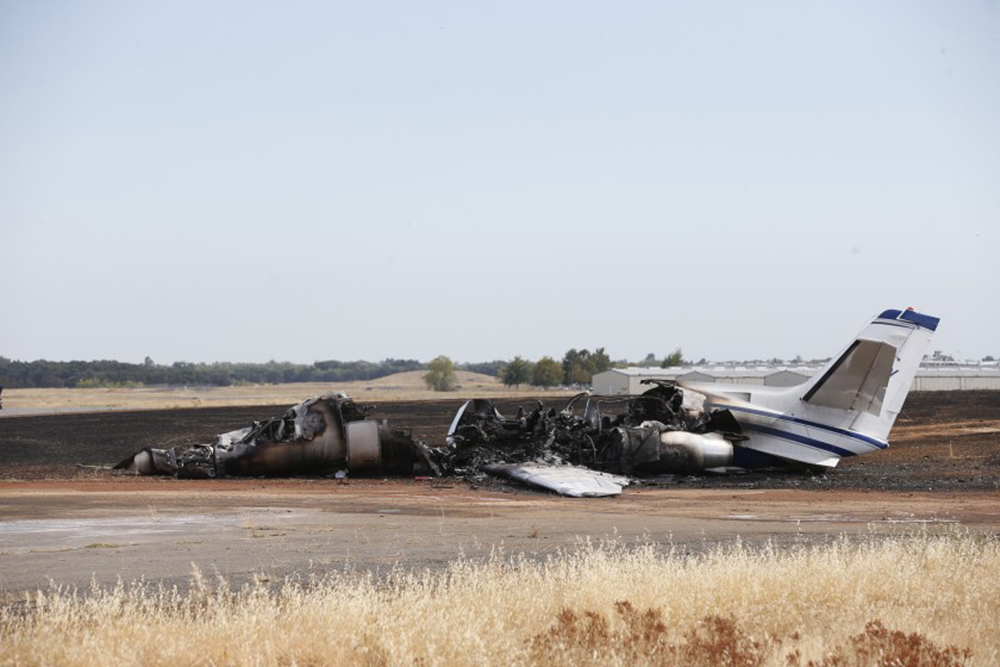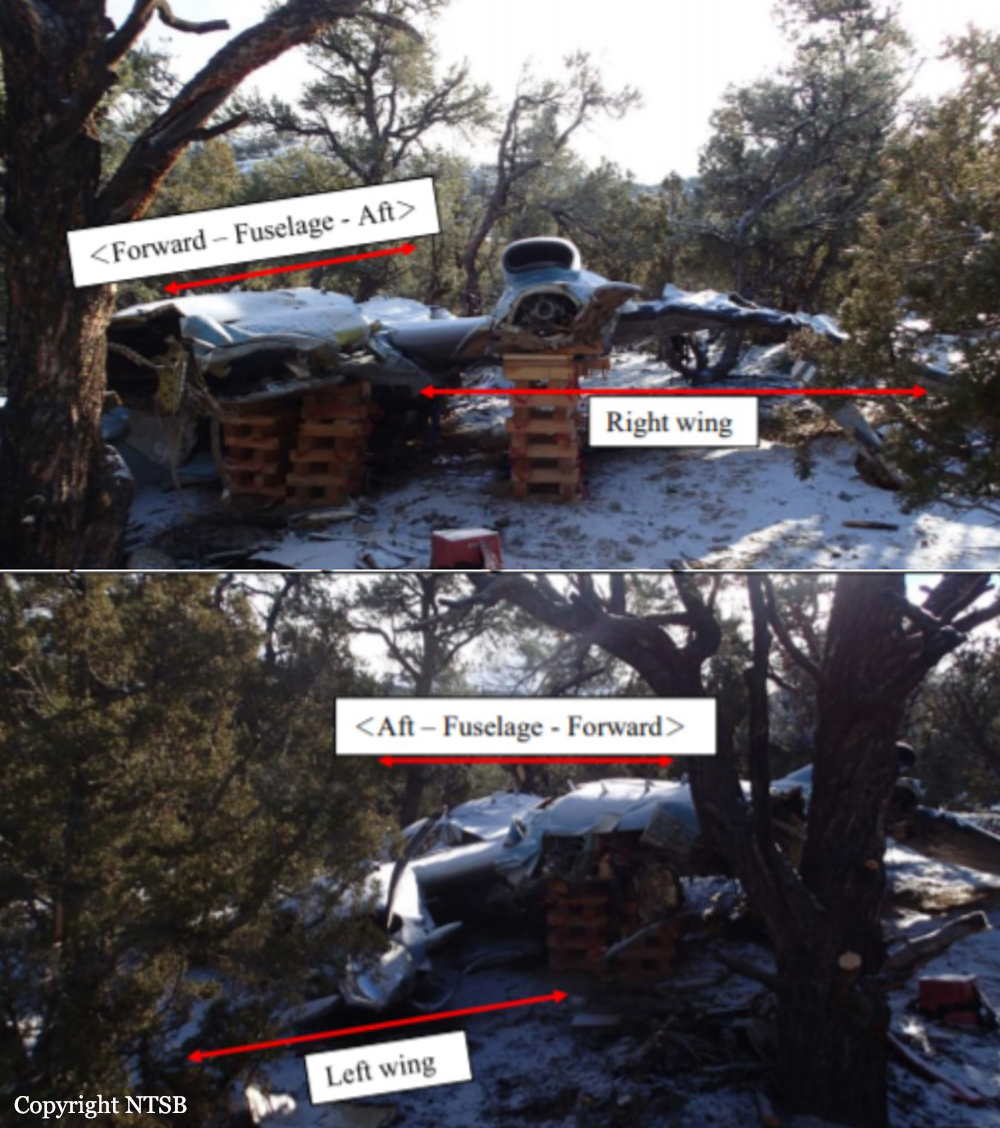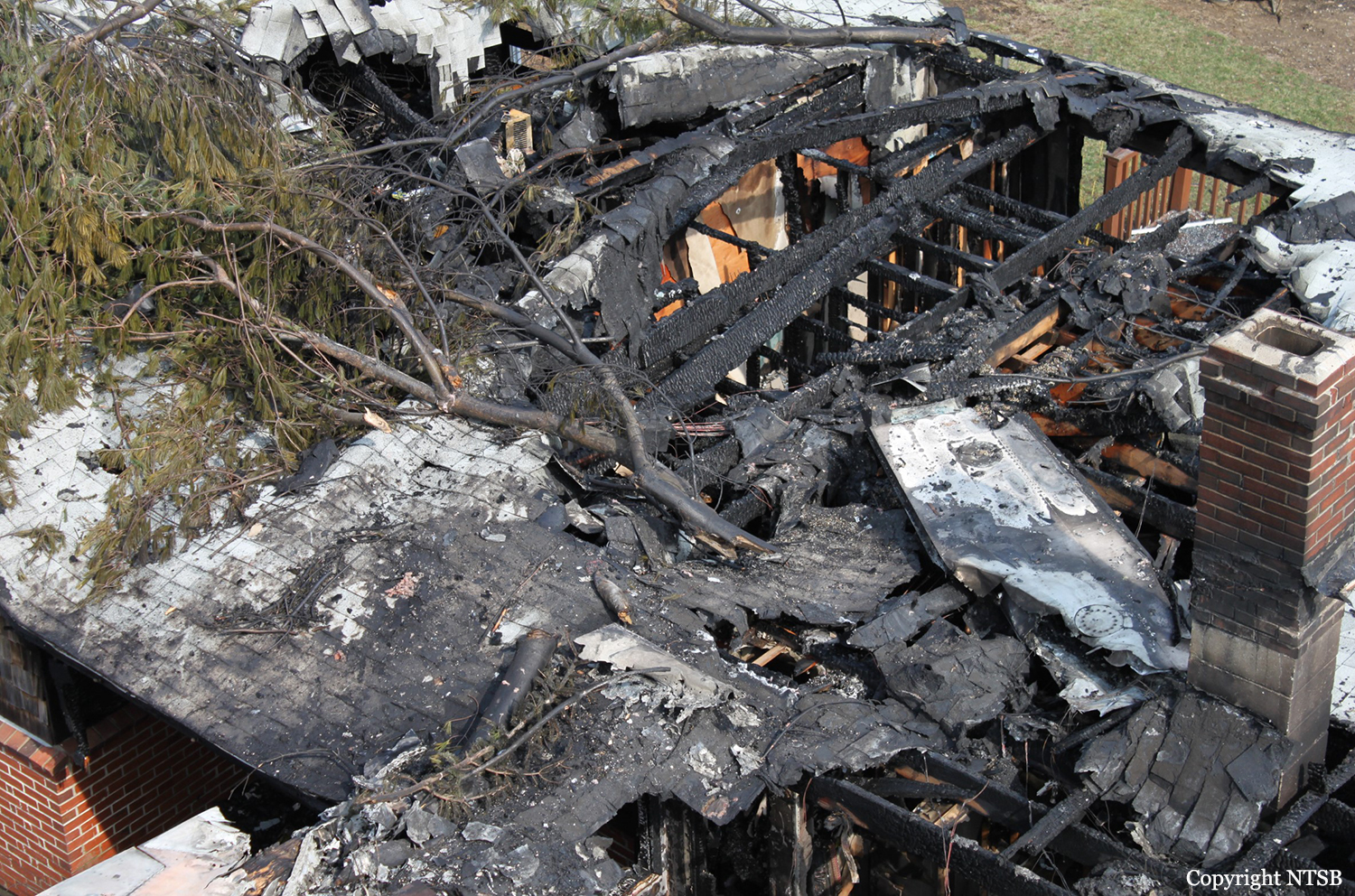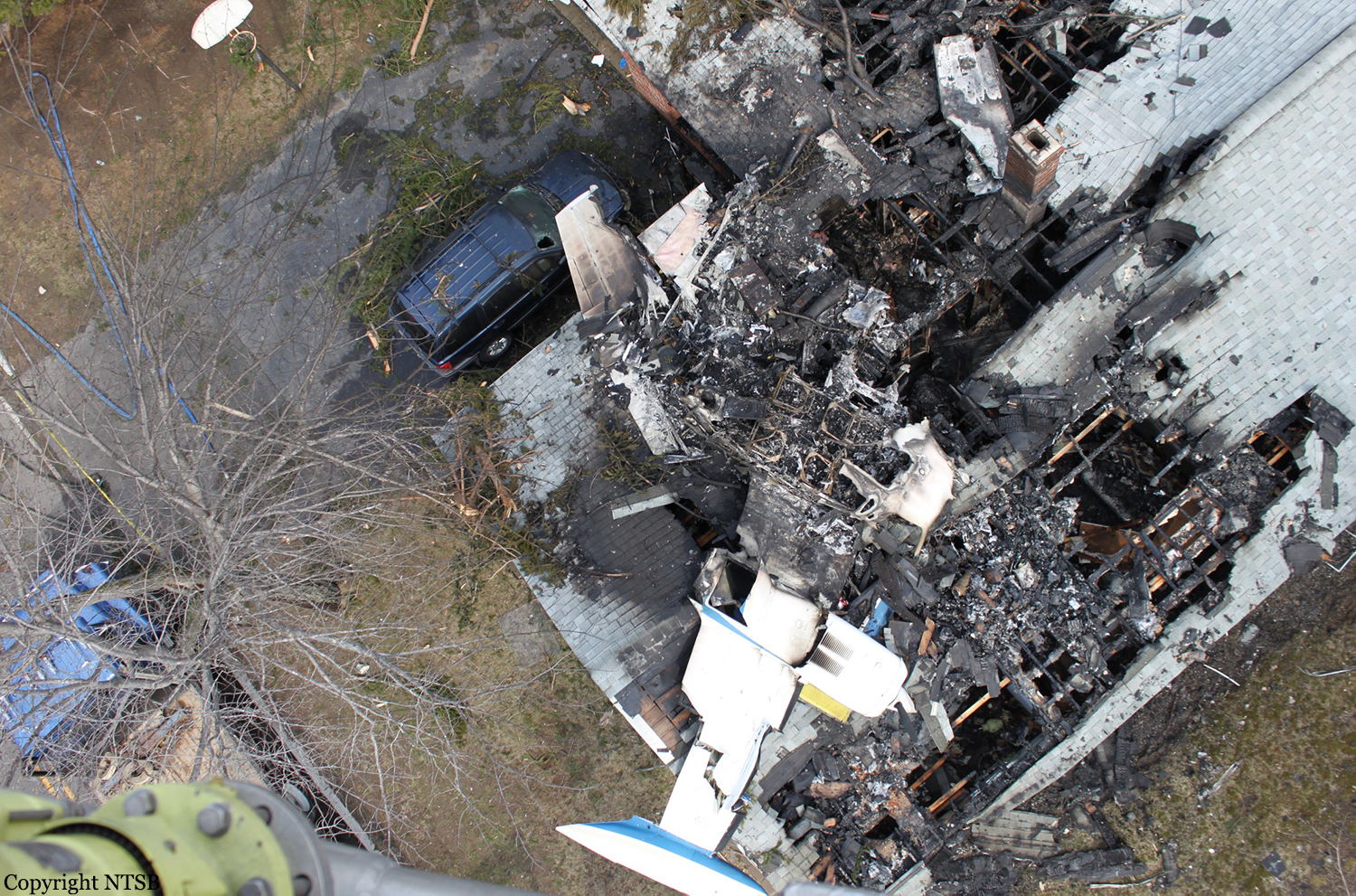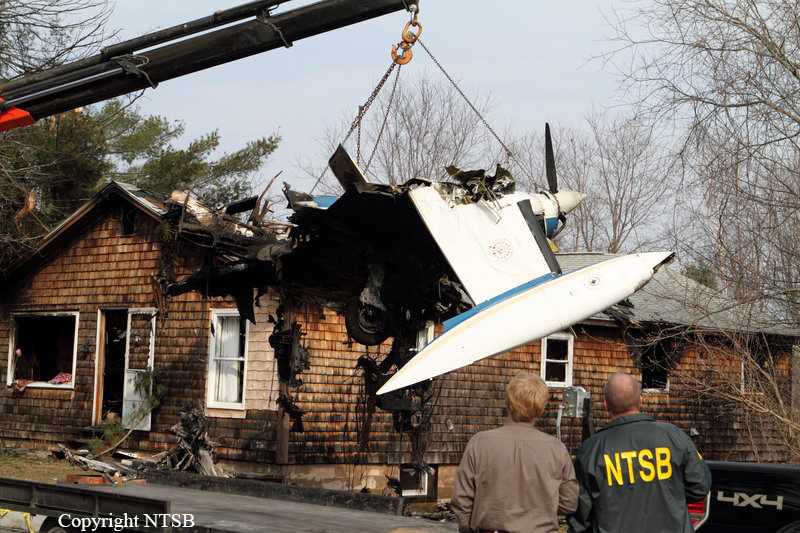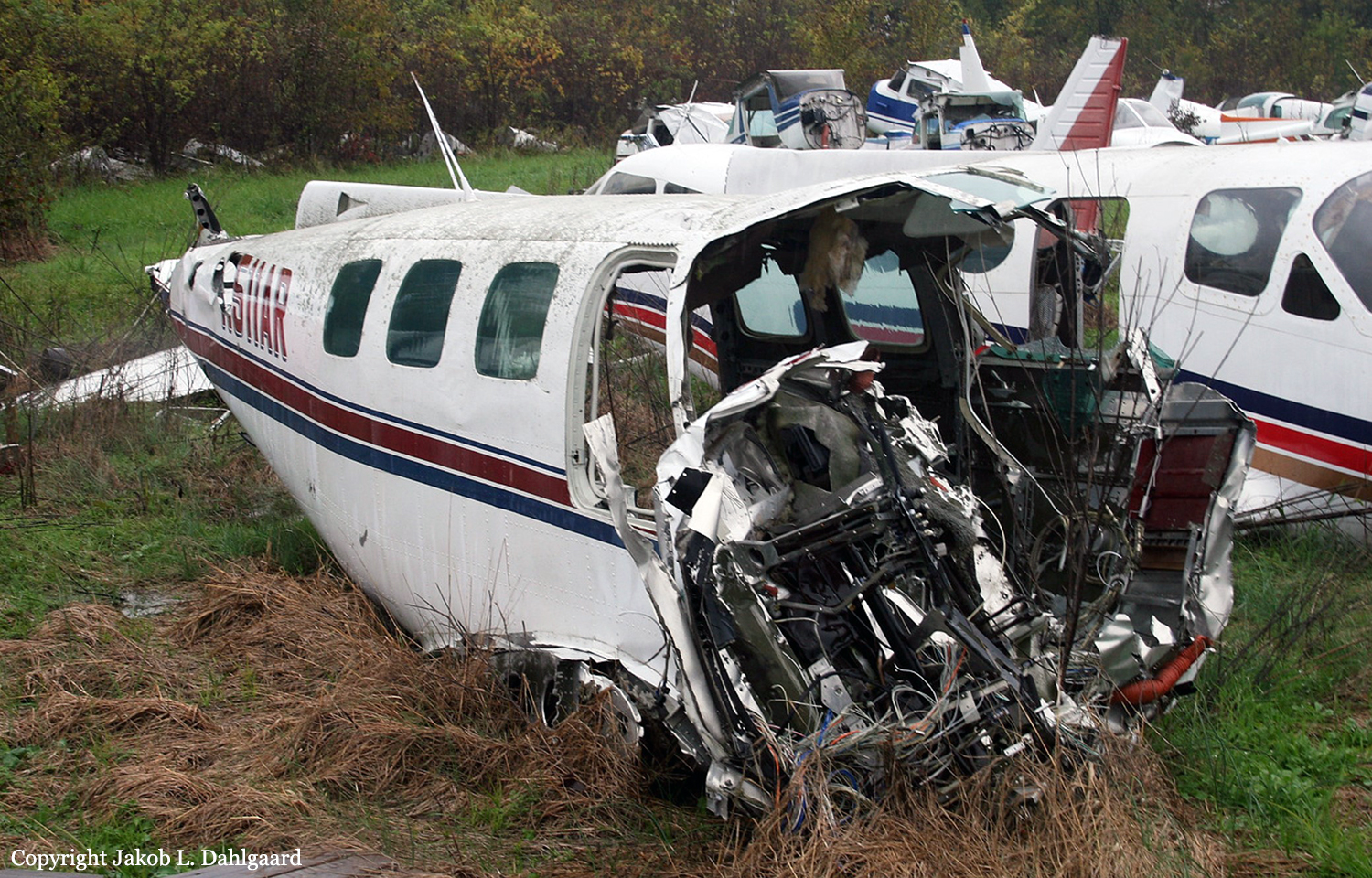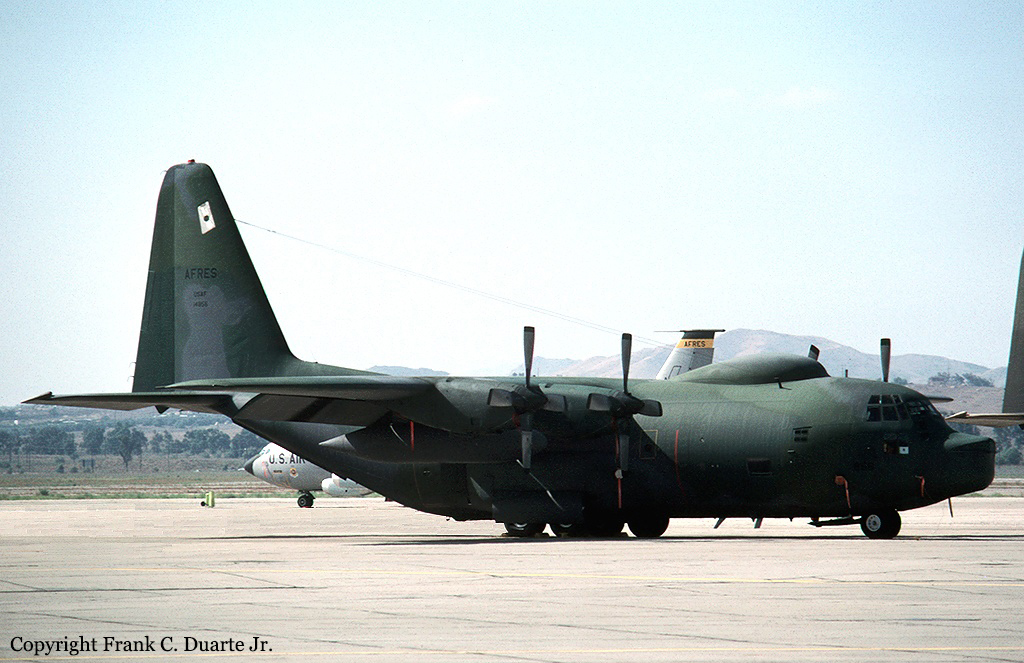Crash of a Cessna 421C Golden Eagle III in Tofino: 2 killed
Date & Time:
Jul 18, 2024 at 1248 LT
Registration:
N264DC
Survivors:
Yes
Schedule:
Tofino - Portland
MSN:
421C-1248
YOM:
1982
Crew on board:
1
Crew fatalities:
Pax on board:
2
Pax fatalities:
Other fatalities:
Total fatalities:
2
Circumstances:
Shortly after takeoff, while in initial climb, the twin engine airplane stalled and crashed nearby the runway, bursting into flames. One occupant was rescued while two others were killed. The airplane was destroyed by a post crash fire. It is believed that the pilot encountered technical problems with an engine shortly after liftoff.
